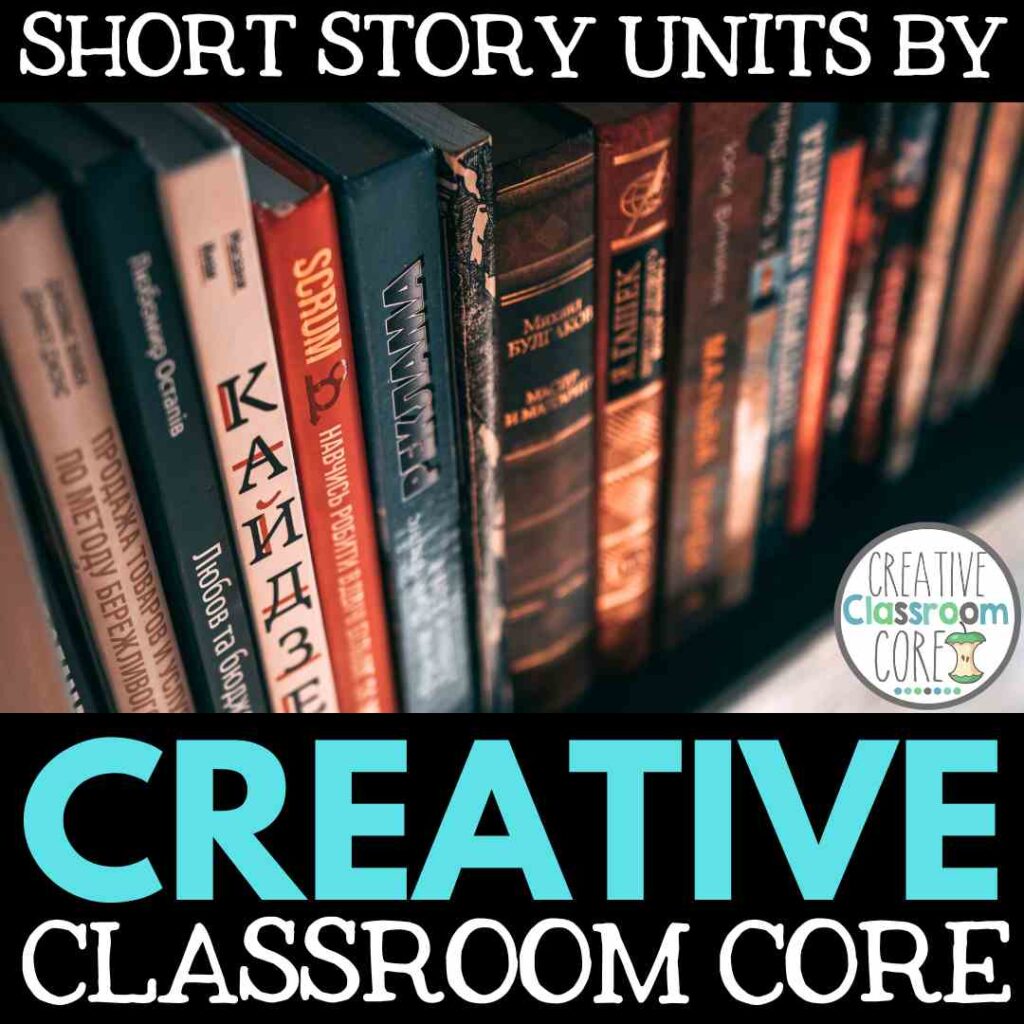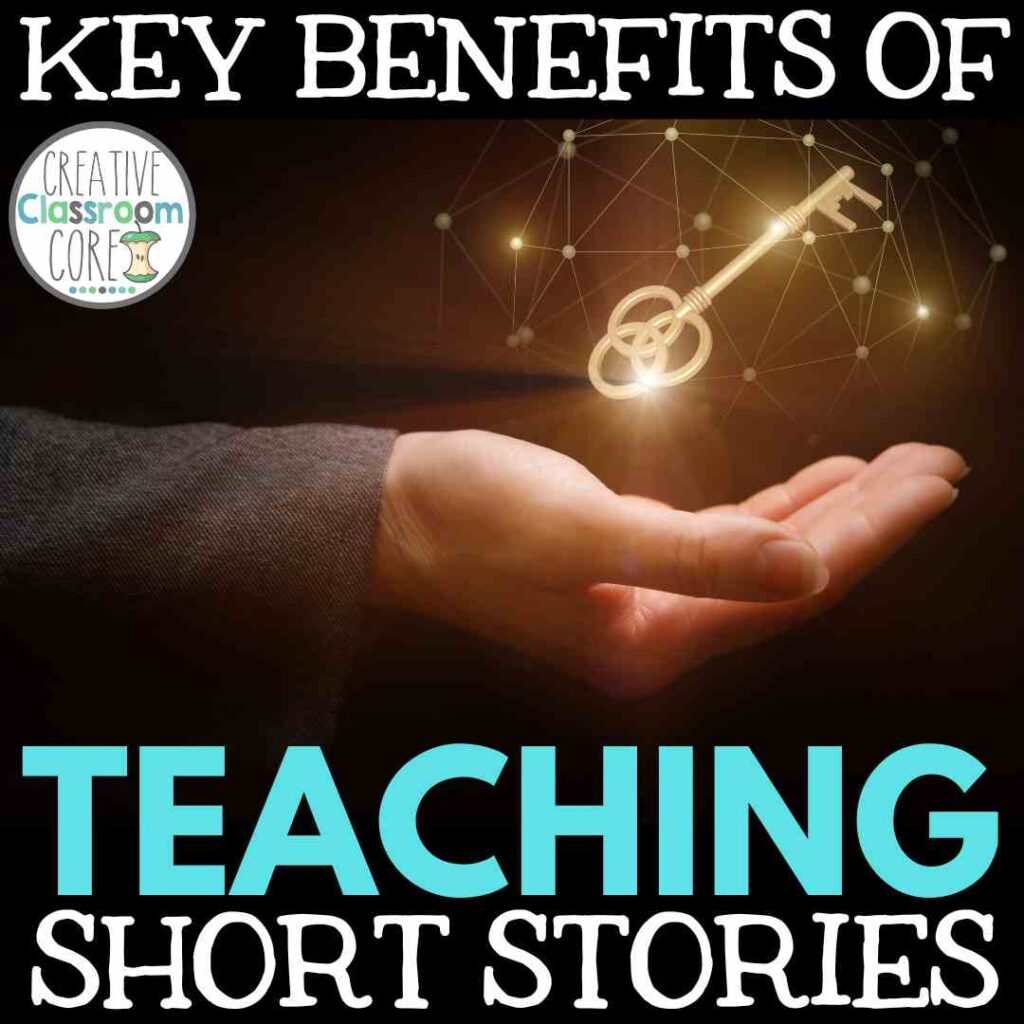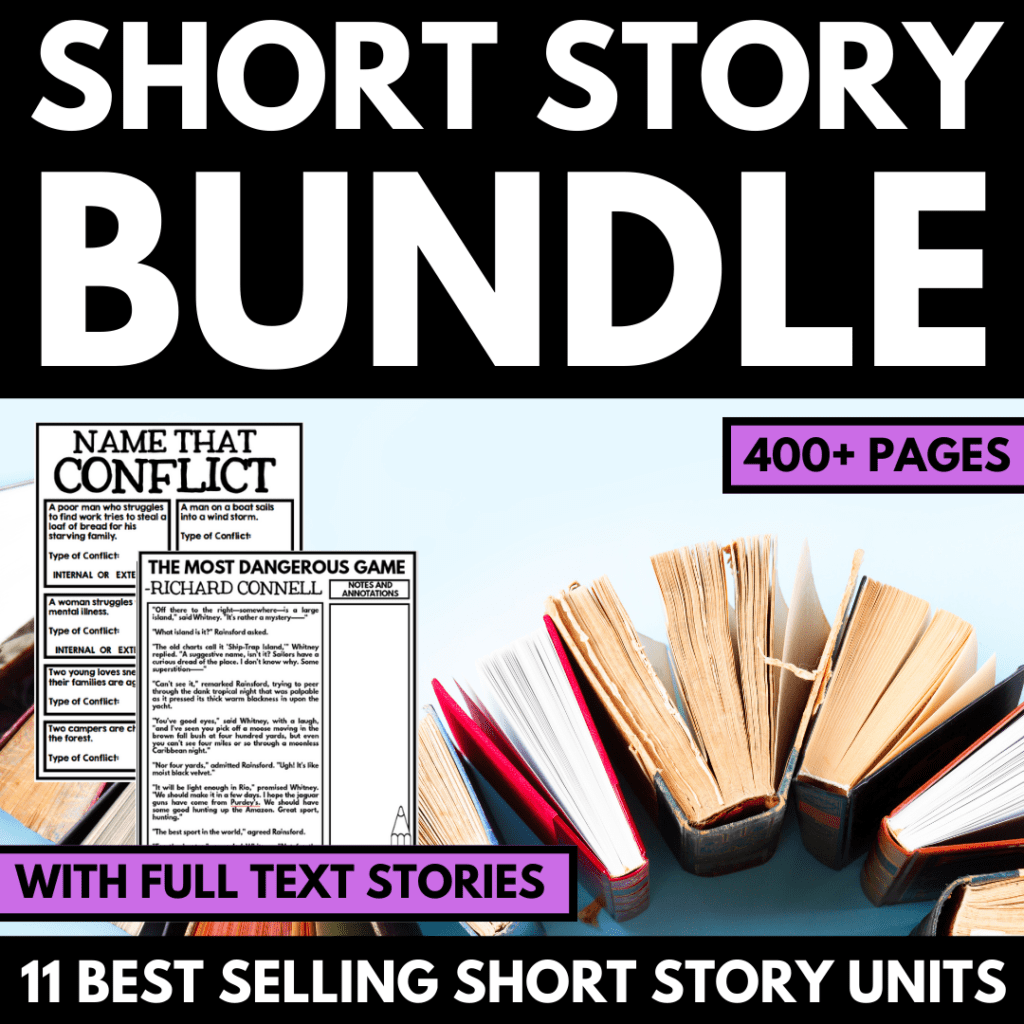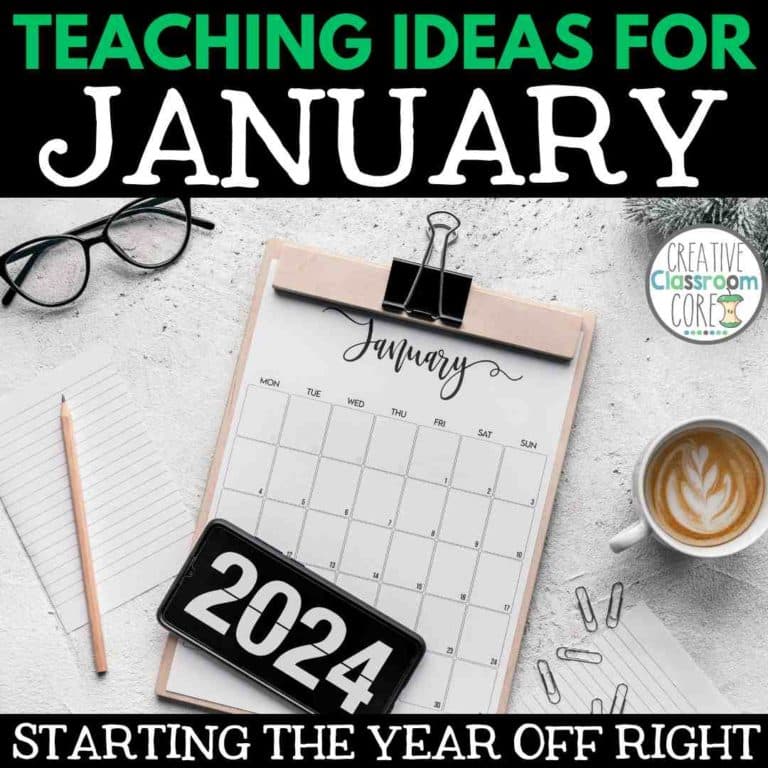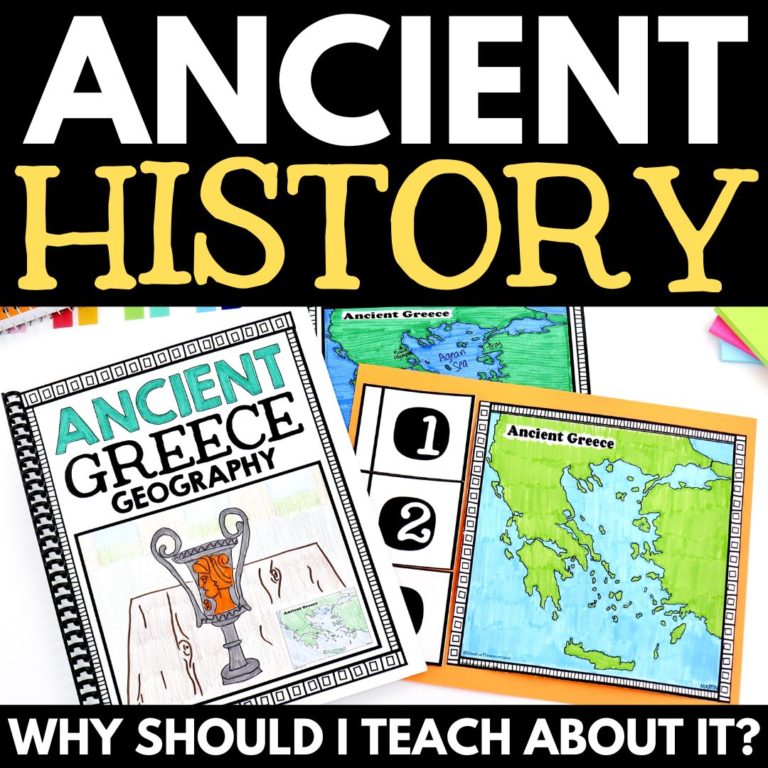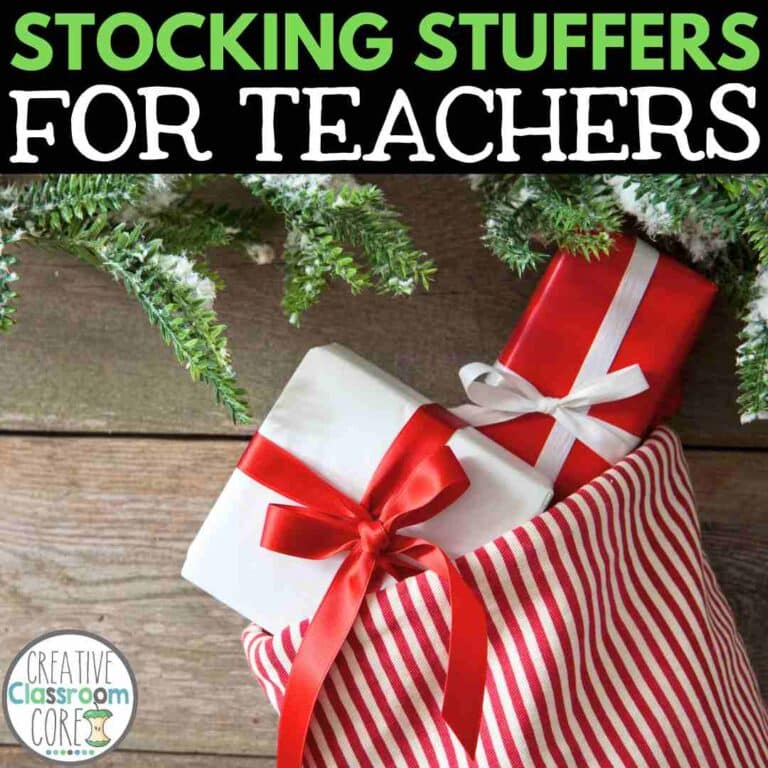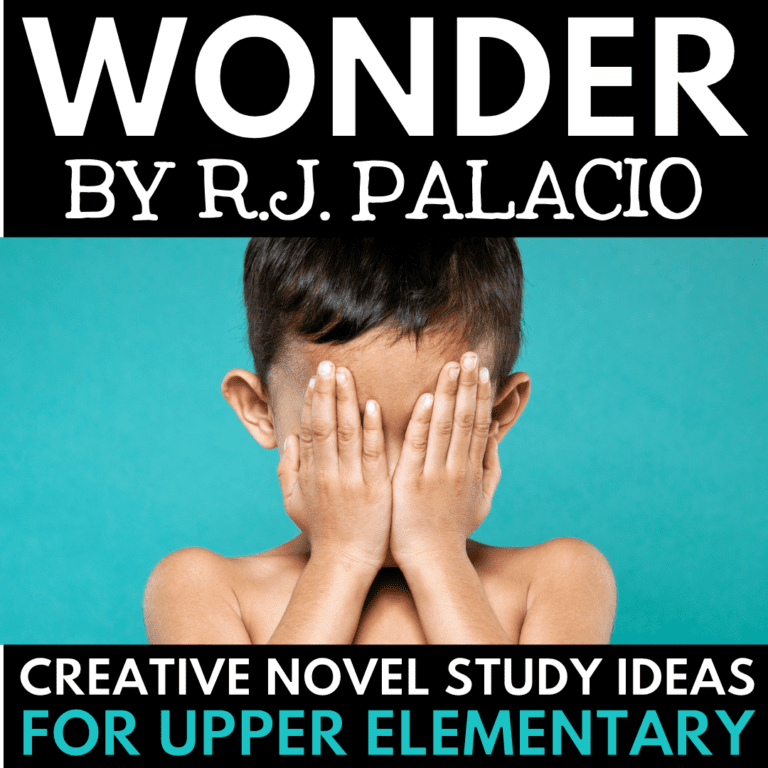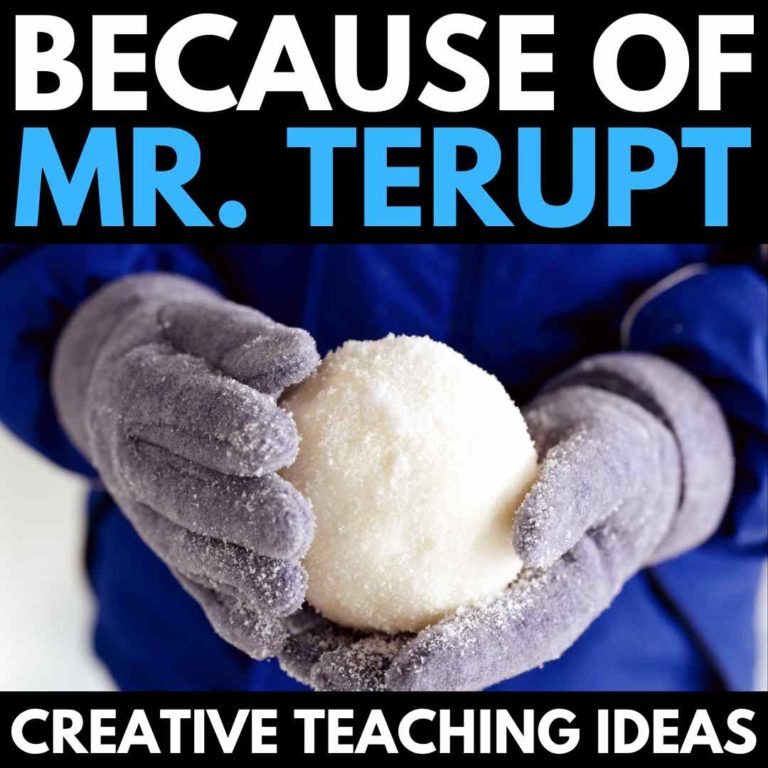Short Story Planning Guide
By MARISSA DESPINS Updated June 24, 2024
Short Story Planning Guide for Upper Elementary and Middle School
Teaching short stories can be an incredibly effective way to engage upper elementary and middle school students and enhance their reading and analytical skills. Short stories offer rich narratives, compact enough to be explored in a single class or over a few days, making them perfect for grades 4-9. This guide will provide a comprehensive approach to planning your short story lessons, from text selection to reflective writing activities.
Looking for some no prep short story resources that you can print and use right away in your classroom? Click on the image or button below to see all of the short story resources available in my shop – I have units on 50+ titles!
On the hunt for engaging short story titles to introduce to your learners? You won’t want to miss our guide to the 25 very best short stories for middle school!
Definition of a Short Story
A short story is a brief work of fiction that typically focuses on a single event, character, or theme. Unlike novels, which often have multiple subplots and a broad cast of characters, short stories are concise and designed to deliver a powerful impact within a limited word count. This brevity allows them to focus intensely on a central idea or moment, often aiming to provoke a single effect or mood. The compact nature of short stories makes them ideal for classroom settings, as they can be read and analyzed within one or two class periods.
Short stories are an excellent way for students to practice essential literacy skills. They offer rich opportunities for reading comprehension, as students can delve deeply into the text without feeling overwhelmed by length. Literary analysis becomes more accessible as students can focus on identifying key elements like theme, character development, and plot structure within a shorter narrative. Additionally, the concentrated format of short stories encourages critical thinking, as students must often infer meaning and explore underlying messages in a more focused manner. This makes short stories a valuable tool for enhancing students’ analytical abilities and fostering a love for reading in a manageable and engaging format.
Popular Classic Examples
Here are some classic short stories that are popular in upper elementary and middle school classrooms:
- “The Tell-Tale Heart” by Edgar Allan Poe: A gripping tale of guilt and madness.
- “The Lottery” by Shirley Jackson: A thought-provoking story about societal norms and traditions.
- “The Gift of the Magi” by O. Henry: A heartwarming story about love and sacrifice.
- “The Necklace” by Guy de Maupassant: A story highlighting themes of vanity and fate.
- “Thank You, Ma’am” by Langston Hughes: A narrative about kindness and second chances.
For more short story title ideas, check out our favorite holiday short stories, dystopian short stories, science fiction stories, and spooky stories for Halloween!
Benefits of Teaching Short Stories
Check out some of the key benefits of teaching short stories below!
Engagement: Short stories are often fast-paced and engaging, capturing students’ attention quickly and holding it throughout the lesson. Because of their brevity, short stories can deliver impactful narratives and vivid characters without the lengthy commitment required by novels. This immediacy keeps students invested in the plot and eager to discover the resolution. Additionally, the variety of genres available—ranging from mystery to fantasy to realistic fiction—means there is always something to captivate different interests and preferences, making the classroom a dynamic environment for learning.
Variety: Short stories offer a diverse range of themes, settings, and characters, exposing students to different literary styles and perspectives. This variety allows teachers to introduce students to multiple authors and cultural contexts within a relatively short period. For instance, one week students might read a science fiction story about futuristic technology, and the next week they could explore a historical fiction piece set in a different era. This exposure helps students appreciate the richness of literature and understand the universality of human experiences, fostering empathy and global awareness.
Skills Development: Short stories provide opportunities to teach various literary elements, such as plot, character, and theme, in a concise format. Because they are shorter than novels, students can more easily identify and analyze these elements without becoming overwhelmed. This clear focus aids in developing critical thinking skills as students learn to interpret and discuss the author’s choices and the story’s impact. Additionally, short stories are ideal for practicing reading strategies, such as summarizing, making inferences, and identifying main ideas and details, which are essential for literacy development.
Critical Thinking: Analyzing short stories helps students develop critical thinking and interpretive skills as they explore deeper meanings and themes. The compact nature of short stories often means that every word and detail is purposeful, encouraging students to read closely and thoughtfully. They learn to question and reflect on the text, looking beyond the surface to uncover symbolic meanings, thematic messages, and authorial intent. This analytical process not only enhances their comprehension and appreciation of literature but also prepares them for more complex texts and discussions in higher education.
Step-by-Step Planning Guide for Short Stories
Follow our step-by-step short story planning guide to make your next unit super easy to organize and teach!
1. Text Selection
Selecting the right short story is crucial for a successful study. Consider the following when choosing a text:
- Reading Level: Ensure the story is appropriate for the reading abilities of your students. For example, “The Tell-Tale Heart” by Edgar Allan Poe might be more suitable for older students due to its complex language and themes, whereas “Thank You, Ma’am” by Langston Hughes is accessible to younger readers.
- Content: Choose stories that are appropriate for your students’ age and maturity level. Avoid stories with content that might be too intense or controversial without the proper context and discussion.
- Themes: Look for stories that provide windows and mirrors for your students, reflecting diverse experiences and perspectives. Stories like “The Gift of the Magi” offer universal themes of love and sacrifice, while “The Lottery” challenges societal norms and traditions.
- Length: Select a story that fits the time you have available for study. A shorter story like “The Necklace” can be completed in one or two class periods, whereas a longer story like “The Birds” might be spread over several days.
Examples of Teaching Ideas:
- Create a survey to find out your students’ interests and select stories that align with those themes.
- Introduce a story by discussing the author’s background and historical context to build anticipation and provide deeper understanding.
Looking for more tips and tricks for choosing the perfect text? Check out this post!
2. Building Anticipation
Create excitement around the story to pique students’ interest and prepare them for the reading experience.
- Introduction Activity: Use engaging hooks, such as showing a relevant video clip, posing a thought-provoking question, or starting with a brief discussion about the story’s theme or author. For example, before reading “The Lottery,” you could discuss the concept of tradition and ask students about the traditions in their own lives.
- Background Information: Provide some context about the author and the time period in which the story was written. Understanding Edgar Allan Poe’s life can enhance students’ appreciation of the gothic elements in “The Tell-Tale Heart.”
Examples of Teaching Ideas:
- Have students predict what the story might be about based on the title and any illustrations or cover art.
- Create a KWL chart (Know, Wonder, Learned) to track students’ knowledge and questions about the story’s topic.
3. Comprehension Questions
Prepare a set of questions that help students understand and analyze the text.
- Pre-reading Questions: Ask questions that activate prior knowledge and set a purpose for reading. For instance, before reading “The Gift of the Magi,” you might ask, “What sacrifices have you seen people make for those they love?”
- During Reading Questions: Provide questions that guide students through the story, ensuring they understand key events and details. While reading “The Necklace,” you could ask, “How does Madame Loisel feel about her life at the beginning of the story?”
- Post-reading Questions: Develop questions that encourage deeper analysis and personal connections to the text. After reading “The Lottery,” you might ask, “How did the author build suspense throughout the story?”
Examples of Teaching Ideas:
- Use graphic organizers like story maps to help students visually track the plot and characters.
- Facilitate small group discussions where students share their answers and insights, promoting collaborative learning.
4. Vocabulary Work
Introduce and explore new vocabulary found in the story.
- Word Lists: Create a list of challenging words from the story. Provide definitions and examples in context. For “The Tell-Tale Heart,” words like “acute,” “vexed,” and “sagacity” might be included.
- Context Clues: Have students determine the meanings of new words using context clues from the text. This encourages critical thinking and improves their inferencing skills.
- Interactive Activities: Use games, flashcards, and word maps to reinforce understanding and retention of new vocabulary. For example, create a vocabulary bingo game where students match words to their definitions.
Examples of Teaching Ideas:
- Have students create a vocabulary journal where they write down new words, their definitions, and sentences using those words.
- Use word walls to display new vocabulary prominently in the classroom, allowing for frequent review and reinforcement.
5. Character Analysis
Help students delve into the motivations and development of characters.
- Character Maps: Use graphic organizers to track character traits, motivations, and changes throughout the story. For example, students can create a character map for Madame Loisel in “The Necklace,” noting her characteristics, motivations, and how she changes by the end of the story.
- Discussion Questions: Ask questions that prompt students to think about characters’ actions and decisions. For “Thank You, Ma’am,” you might ask, “Why does Mrs. Jones take Roger to her home instead of calling the police?”
- Role-Playing: Have students act out scenes to explore characters’ perspectives and emotions. This can help students empathize with the characters and understand their motivations better.
Examples of Teaching Ideas:
- Create character trading cards where students draw the character on one side and list key traits and information on the other.
- Conduct a “Hot Seat” activity where students take on the role of a character and answer questions from their peers.
For more fun ideas, check out our complete guide to character analysis!
6. Literary Element Analysis
Focus on the key elements of literature present in the story.
- Plot: Identify the main events and the structure of the story (e.g., exposition, rising action, climax, falling action, resolution). For “The Lottery,” students can map out the plot and identify how tension builds to the climax.
- Setting: Discuss how the time and place influence the story. In “The Tell-Tale Heart,” the dark, claustrophobic setting enhances the story’s mood of suspense and horror.
- Theme: Explore the central message or underlying meaning of the story. For “The Gift of the Magi,” discuss the theme of selfless love and sacrifice.
- Point of View: Analyze the narrator’s perspective and how it affects the reader’s understanding of the story. In “The Necklace,” the third-person limited point of view allows readers to closely follow Madame Loisel’s experiences.
Examples of Teaching Ideas:
- Create a story elements chart where students fill in details about the plot, setting, characters, and theme.
- Have students write an alternate ending to the story, changing one of the key elements.
7. Writing About Reading
Encourage students to reflect and write about the story.
- Journal Prompts: Provide prompts that encourage personal connections and reflections on the story’s themes and characters. For “The Lottery,” you might ask, “How would you feel if you were part of the lottery in the story?”
- Open-Ended Questions: Ask questions that require students to think critically and write detailed responses. For “The Tell-Tale Heart,” you could ask, “Do you think the narrator is reliable? Why or why not?”
- Essays: Assign essay topics that allow for deeper analysis and
- synthesis of the story’s elements. For example, an essay on “The Gift of the Magi” might explore how the theme of sacrifice is developed through the actions of the main characters.
- Student-Generated Reflections: Have students write their own reflections, sharing what they learned and how the story impacted them. This could be in the form of a letter to the author or a blog post.
- Examples of Teaching Ideas:
- Set up a “Writer’s Workshop” where students can share their reflections and receive feedback from their peers.
- Create a class anthology of student essays and reflections on the short stories they have read throughout the year.
For more writing ideas, check out our complete guide to Writer’s Workshop!
Wrap Up
Teaching short stories in grades 4-9 offers a wealth of opportunities to engage students, develop their reading and analytical skills, and foster a love of literature. By following this step-by-step guide, you can create a dynamic and enriching short story study that will captivate your students and enhance their learning experience. Embrace the diversity and depth of short stories to make your ELA curriculum both enjoyable and educational.
Looking for More Information on Teaching Short Stories?
Check out these related blog posts!
Favorite Dystopian Short Stories for Middle School
Spooky Short Stories for Halloween
Short Stories to Celebrate Black History Month
25 Best Short Stories for Middle School
On the hunt for No Prep Short Story Activities?
Check out this short stories for middle school package, available in my Teachers Pay Teachers store – it contains over 400 pages of resources, including full text stories and activities to use with 10 classic short stories!
Interested in trying out one of my short story resources for free?
Click here or on the image below to download a COMPLETE short story unit. It contains a full text version of the story, comprehension questions, close reading activities, graphic organizers, answer keys, and more!
Interested in signing up for my email list?
If you are interested in signing up for my email list, you can do so by clicking on the link below. I periodically send out emails with free resources, teaching tips, and exclusive deals. Signing up will also give you immediate access to some of my best selling Interactive Notebook resources – foldable activities, graphic organizers, and other fun activities.
